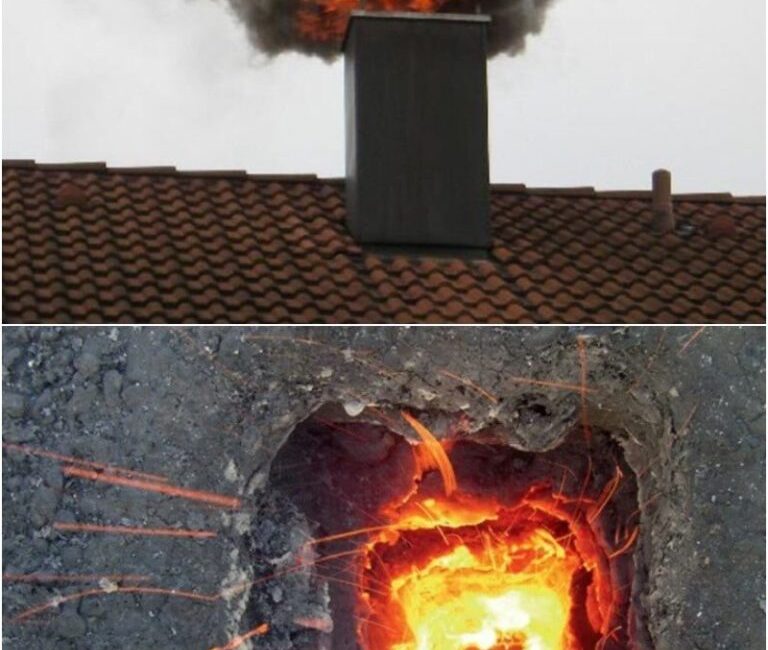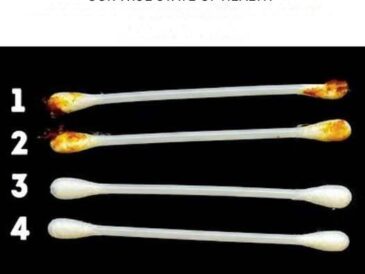A chimney fire is a serious and potentially dangerous situation, especially if it’s caused by soot buildup inside your chimney. The buildup of creosote (a flammable substance) on the walls of the chimney can catch fire, leading to a “soot fire” or “chimney fire.” These fires can spread quickly and may cause damage to your home if not properly handled.
In this guide, we will outline step-by-step actions you should take if soot catches fire in your chimney, as well as preventative measures to avoid such a fire in the future.
Understanding the Danger of Chimney Fires
Before we dive into the “what to do” part, it’s important to understand why soot fires occur and the potential hazards they present:
- Soot and Creosote Buildup: When wood burns in a fireplace, it produces creosote, a tar-like substance that coats the inside of the chimney. Over time, creosote builds up, and if it reaches high temperatures, it can ignite, causing a chimney fire.
- Heat and Spread: Chimney fires can reach incredibly high temperatures—up to 2,000°F (1,093°C). These temperatures can easily ignite nearby combustibles such as the chimney’s wooden structure, the roof, or even your home itself if the chimney is not properly maintained.
Step-by-Step Guide on What to Do If Soot Catches Fire in the Chimney
If you find yourself in the middle of a chimney fire, acting quickly and calmly can make all the difference. Here’s what you should do:
1. Stay Calm and Assess the Situation
It’s important to stay calm, as panic can lead to mistakes. Quickly assess the situation:
- Is the fire contained in the chimney? If the fire is only in the chimney, it’s less likely to spread quickly, but it’s still a serious issue.
- Has the fire spread to the roof or other parts of the house? If flames are visible on the roof or other parts of the structure, the fire is more advanced, and immediate action is needed.
2. Call 911 (or Your Local Fire Department)
Even if you’re unsure whether the fire is dangerous or not, always call 911 or your local emergency number as soon as you notice the fire. Chimney fires are hard to extinguish without the right equipment, and they can spread quickly.
When you call, make sure to:
- Clearly state the situation (e.g., “There is a fire in the chimney”).
- Provide the exact location of the fire (your address, neighborhood, and any relevant details).
- Stay on the line until the dispatcher tells you it’s safe to hang up.
Even if the fire seems small, the fire department should be notified to check the chimney for damage and prevent it from spreading.
3. Evacuate the House Immediately
If the fire is in the chimney or spreading to the house, evacuate everyone from the home immediately. Here’s how you should proceed:
- Don’t try to grab personal belongings—your priority should be getting everyone to safety.
- Take your pets with you, if possible.
- Get to a safe location at least 500 feet away from the building, as chimney fires can spread quickly.
- Close doors behind you to prevent the fire from spreading inside the house, but don’t lock them.
4. Close the Fireplace Doors or Damper
If it’s safe to do so and the fire is contained inside the chimney (meaning there is no spreading fire outside), you should close the fireplace doors or damper. This reduces the oxygen flow to the fire and helps to smother it. Here’s how to do it:
- Close the damper if it’s not already closed. This will limit the amount of oxygen getting to the fire.
- Keep the fireplace doors closed to contain the fire within the chimney and prevent smoke from entering the room.
Avoid opening the doors or damper, as doing so could allow more oxygen into the chimney and potentially make the fire worse.
5. Extinguish the Fire (Only If You Are Trained to Do So)
Click page 2 to continue




